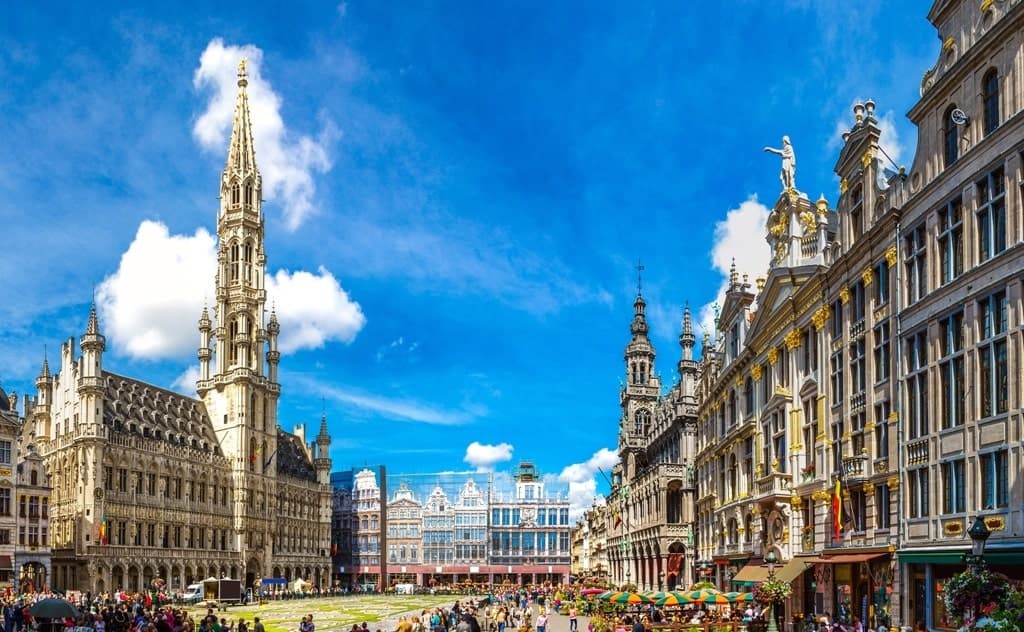Planning to spend 2 days in Brussels, and looking to see as much as possible? There are so many things to see in Brussels on weekend. This 2-day itinerary will help you make the most out of your stay in the city.
Brussels is the Belgian capital and at the same time, it’s also the European official capital, with most European political meetings held in the European quarter. The city is well known for its mascot, the statue of a little peeing boy called ‘Manneken Pis’ standing very close to the second most known place in Brussels, the ‘Grand Place’ with its Gothic town hall and baroque guild halls.
Table of Contents
Two days in Brussels: Where to stay?
The Hotel Brussels: Just a 15-minute walk from the Grand Place, or 200 meters from the nearest metro, this pristine hotel has fantastic panoramic views over the city from its rooms on the higher floors as well as from its restaurant and gym. Click here for more information and to check the latest prices.
NH Brussels Grand Place Arenberg: A 5-minute walk from the Grand Place and the Central Train Station, this modern hotel is ideally situated and has a good fitness center, clean and comfortable rooms, and staff who go the extra mile. Click here for more information and to check the latest prices.
How to spend 2 days in Brussels: Things to do and see
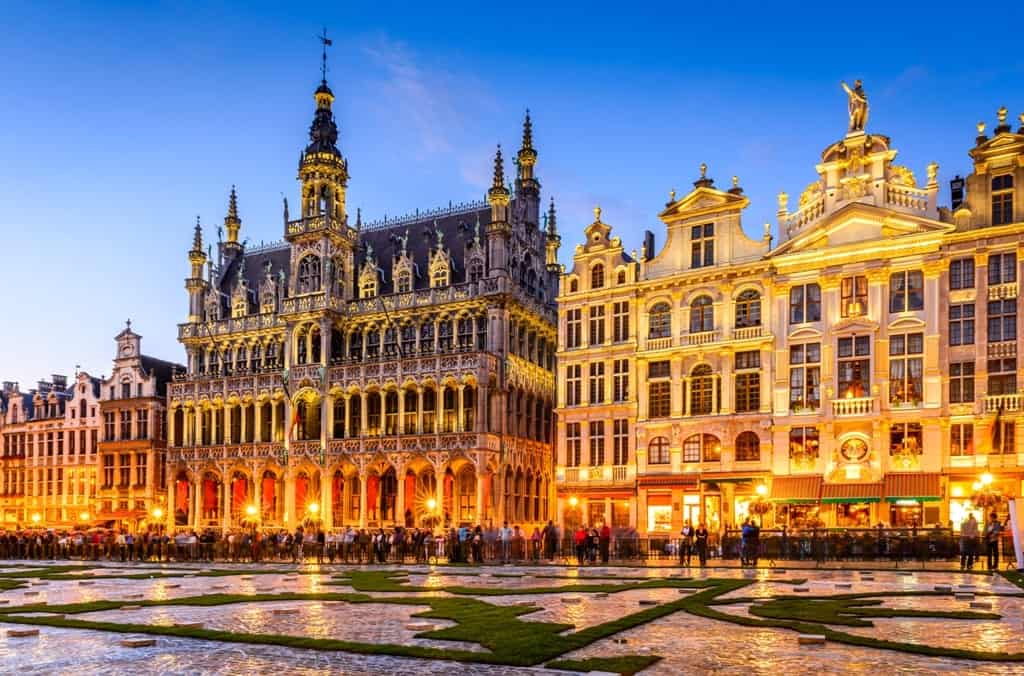
2 Days in Brussels: Day One
Grand Place
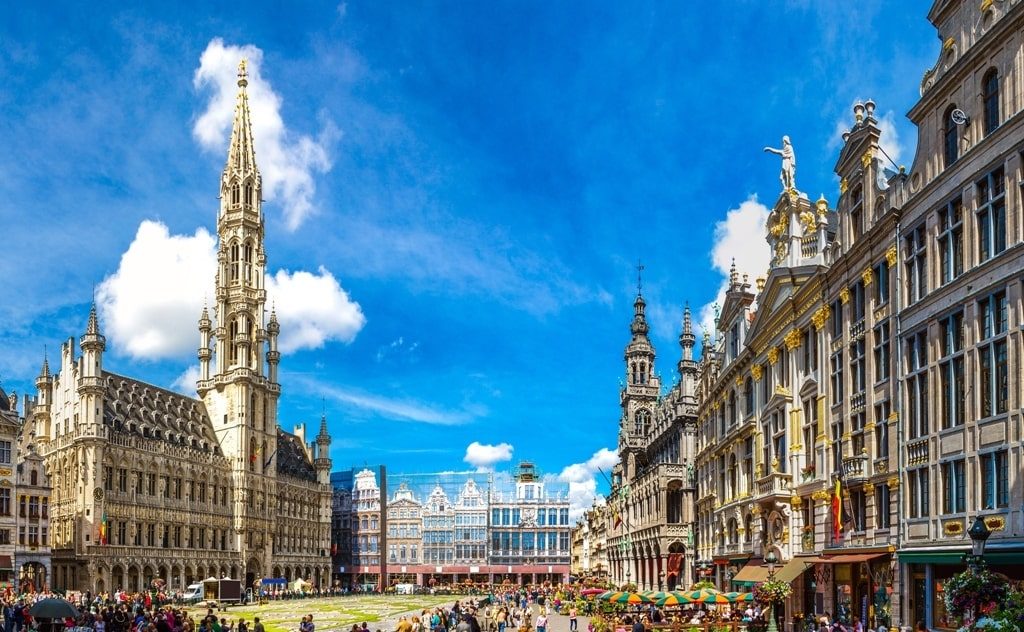
On your first day in Brussels, you should start your visit at the Grand Place first, it’s a large square with original Baroque guild houses, a Gothic city hall, and lots of small streets converging on the square. Take your time to get a taste of the local cuisine in one of the restaurants around here.
Royal Sint-Hubertus Gallery
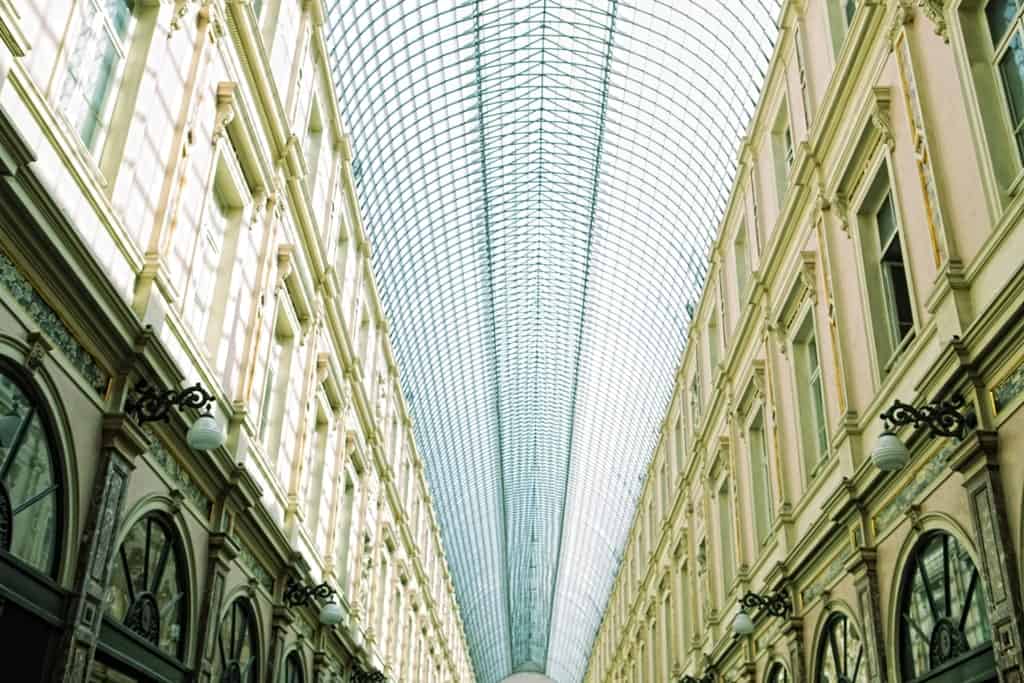
The famous shopping arcade of Brussels dates back to 1846 when Belgium was still a very young nation. The building is still original and well maintained, you will find many stylish shops, restaurants, and chocolatiers.
Manneke Pis
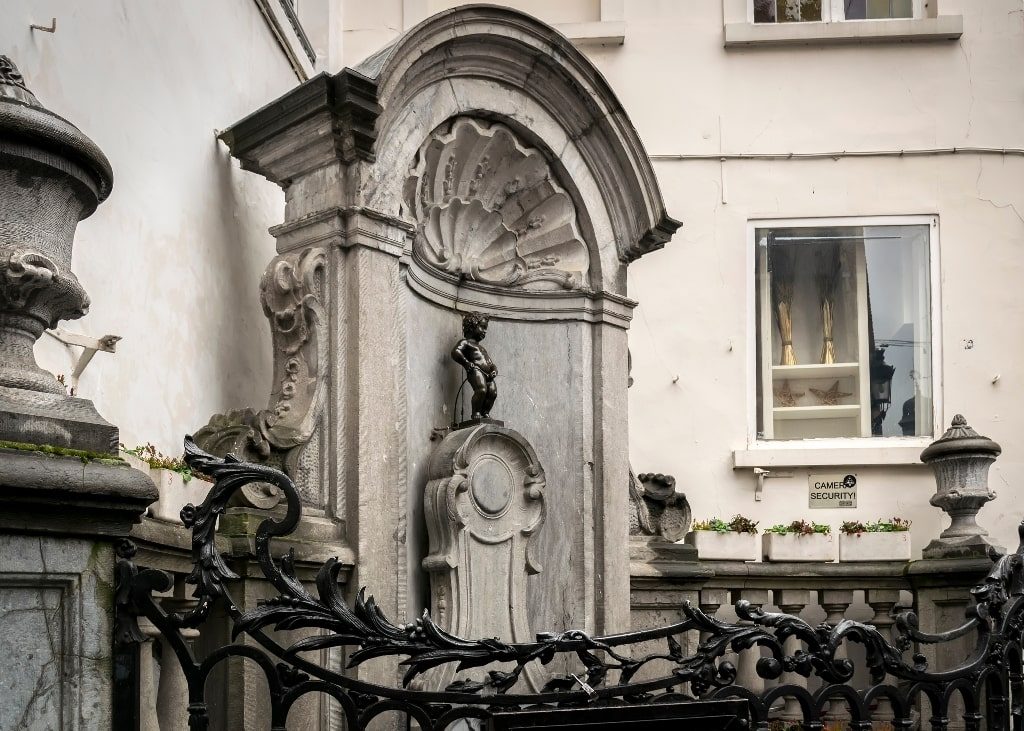
The small statue of a little peeing boy is the main attraction in the city center, it has been a symbol of Belgium for ages and sometimes the boy is dressed up in one of his many colorful outfits but he always keeps on peeing!
Rue des Bouchers
This narrow street used to be de butchers street of Brussels but is now transformed into one of the most romantic places of the city with all sorts of small restaurants, in one of the narrow side roads you will find Jeanneke Pis, the female counterpart of Manneke Pis.
Mont des Arts
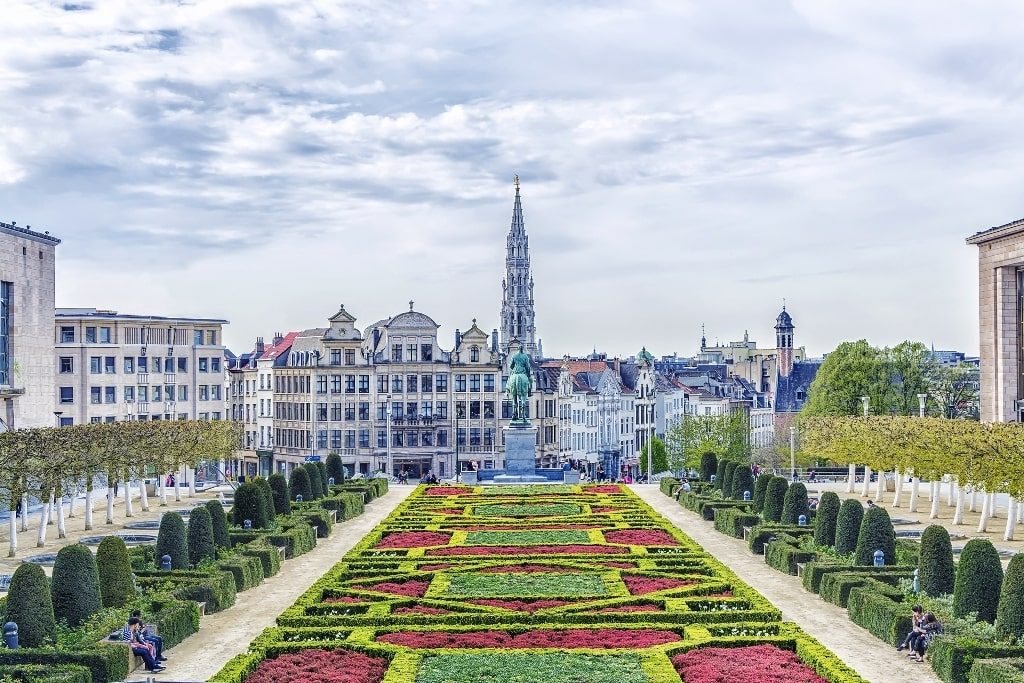
A very well-known place for anyone who wants to have a fantastic view of Brussels, if you’re a photographer, make sure you are on top of the hill by sunset for the best shot of Brussels during the ‘golden hour’.
Royal Palace
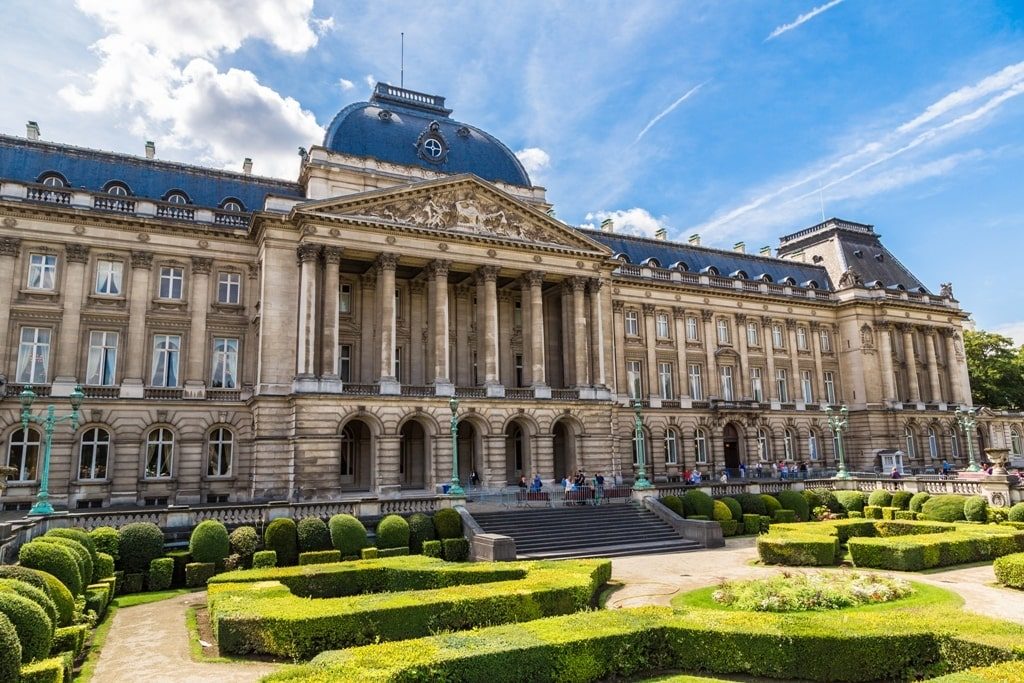
The Belgian Royal family lives in a palace in the outskirts of Brussels but the official office of King Philippe of Belgium is in the Royal Palace of Brussels and is at walking distance from Mont des Arts. The building is clearly visible from the road and the wide-open square called “Paleizenplein” in traditional Belgian cobblestones makes it possible to take great photos.
Warandepark
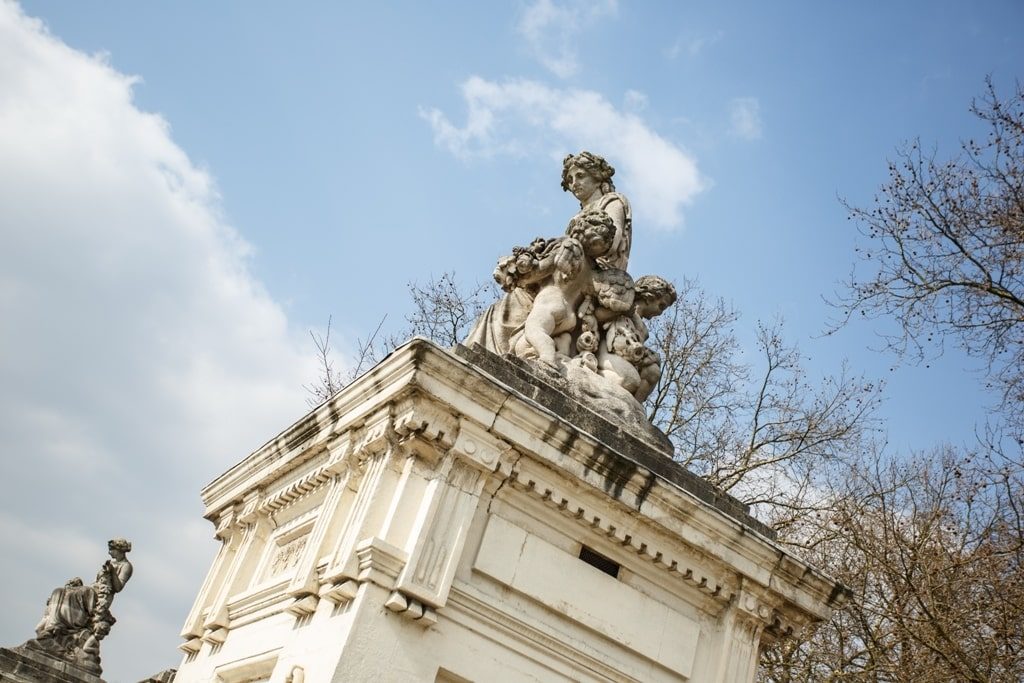
Opposite the palace is the entrance to the Warandepark, this park was created between 1776 and 1783 and is designed in a symmetrical grand style, it’s about 13ha big and leads you eventually to the political part of Brussels at the Wetstraat.
Musical Instruments Museum (MIM)
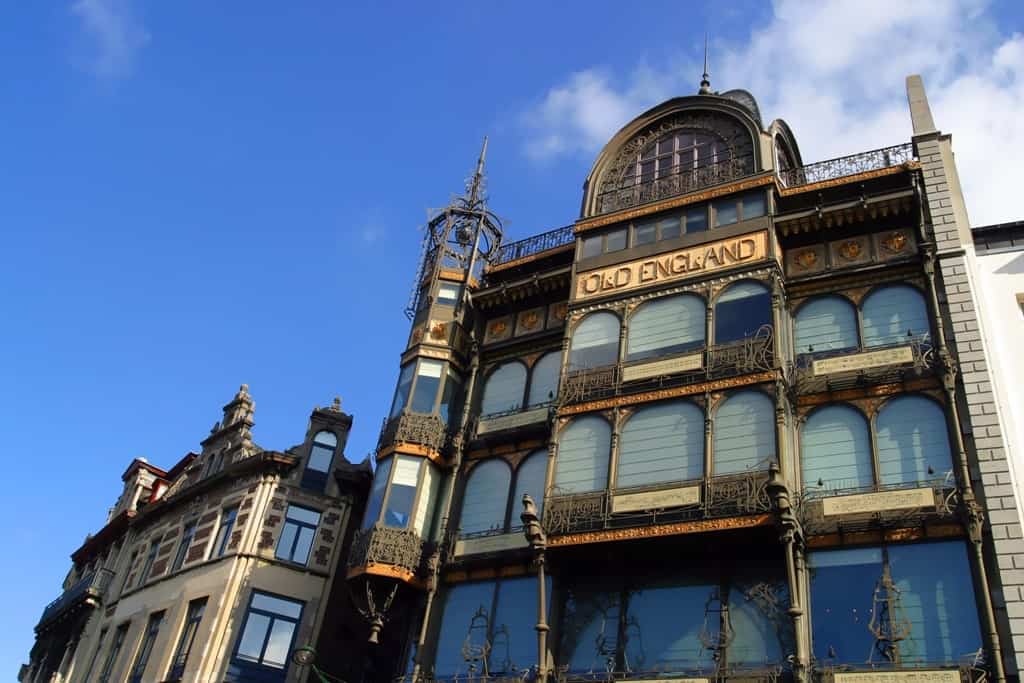
Housed in a stunning Art Nouveau building, you’ll find more than 7,000 musical instruments on display that date from the Middle Ages through to the present day. Organized by style i.e music boxes and strings and keyboards, you can listen to each instrument using headphones provided.
Click here to book your skip-the-line tickets to the museum.
Royal Museums of Fine Arts of Belgium
A group of 6 art museums containing more than 20,000 drawings, sculptures, and paintings. The museums consist of the Old Masters Museum (displaying works from the 15th-19th centuries by artists such as Rembrandt, Rubens, Van Dyck, etc) the Magritte Museum (containing works by the surrealist artist René Magritte), the Fin-de-Siècle Museum (dedicated to Art Nouveau, showing works created in the 1900s by Meunier, Evenepoel, Khnopff, etc) the Wiertz Museum (showing the works of Antoine Wiertz in his former studio), and the Meunier Museum (located in the former home and workshop of realist painter and sculptor Constantin Meunier.)
Sablon and the Église Notre Dame du Sablon
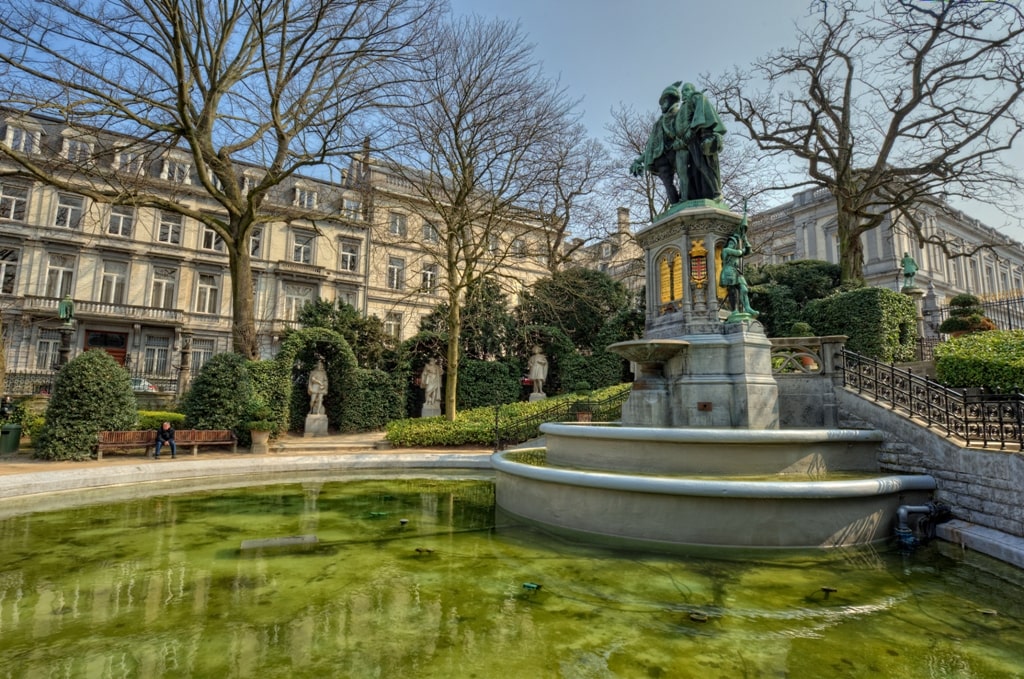
In the historic neighborhood known as Sablon, visitors will find 2 squares (the Grand Sablon and the Petit Sablon) which are divided by the 15th century Gothic Roman Catholic church, a smaller version of a similar cathedral. In this area you can peruse the weekend antique market, people watch from the many bars and restaurants, and shop for chocolate.
European Quarter & Jubelpark

Now is the time to take public transport or walk a long way down to the European Quarter. When you see the European quarter with the Justus Lipsius and Berlaymont buildings at the Schuman square being the 2 most important buildings of the European Government you continue on the Wetstraat to finally arrive at the Jubelpark.
The Jubelpark is similar to the Warandepark but also houses the triumphal arch and the great halls that were built for the celebrations of 50 years of independency in 1880, they also served as a venue for the National Expo of 1888 and the one of 1897. These days they house the car museum ‘Autoworld’ on one side and the Royal military and aviation museums on the other side. Both are well worth a visit.
2 Days in Brussels: Day Two
Atomium
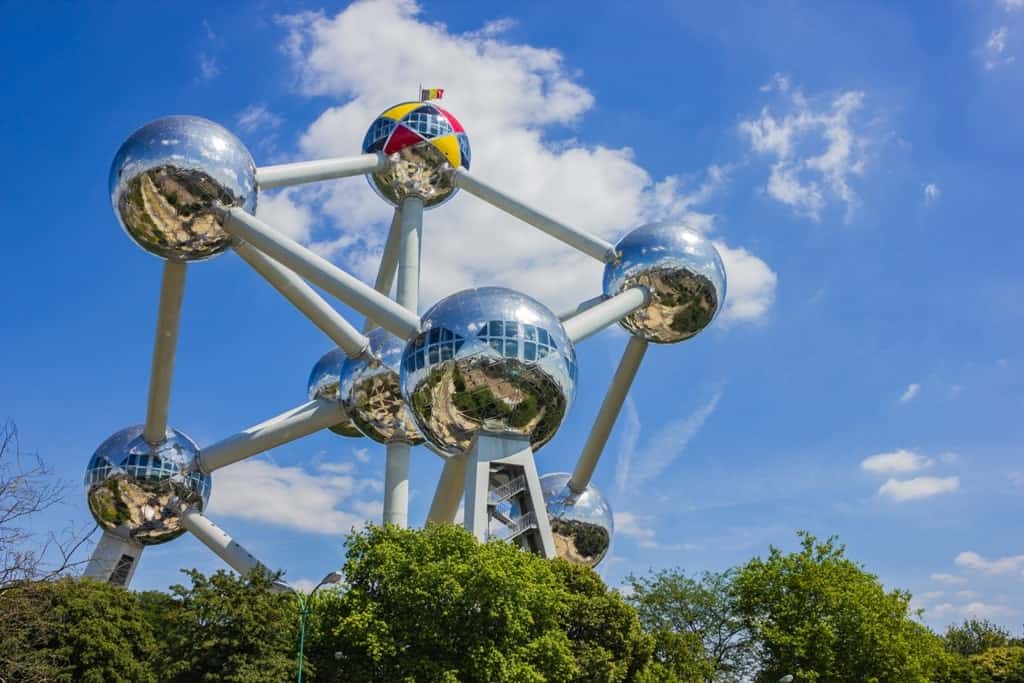
The next big thing just outside of the city is the area that was used in 1958 for the EXPO world exhibit. Traces are still to be found in the area that is now home to Brussels Expo. The most famous building left has since become the Belgian National landmark and is called “Atomium”.
The Atomium consists of 9 spheres connected by tubes and representing one single unit cell of an iron crystal. The building has recently been renovated and inside there are several exhibits about the 1958 EXPO. The highest sphere contains a restaurant that gives people a fantastic view over the city of Brussels from 102m above.
The Heizel area around this national monument houses a few little surprises. A short walk from the Atomium through the green Parc de Laeken will bring you to a stylish triangle-shaped monument for the Belgian Airmen serving in the RAF during World War 2, especially during the Battle of Britain infamous aircraft like the Spitfire and Hurricane.
Click here to book a skip-the-line ticket to the Atomium.
Waterloo
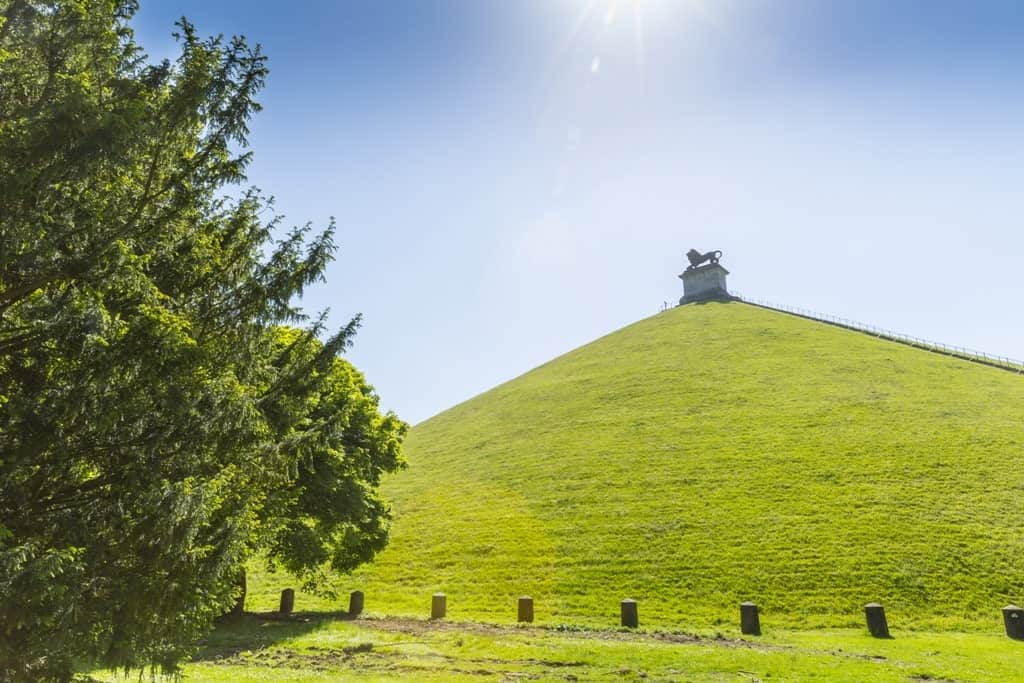
Napoleon Bonaparte was finally defeated on 18 June 1815 in the Battle of Waterloo, the site of the battle is located 17 km from the center of Brussels and was chosen to prevent Napoleon’s troops from reaching Brussels.
The famous Hill on the battlefield has been transformed into a major tourist attraction with 226 stairs to climb to the top and the statue of a Lion facing France called the Lion’s Mound has been placed on the top in 1826, every year there is a live reenactment on the day of the battle to give spectators an impression on how it would have been in the actual battle. It is best to go on a mild sunny day as the site is in wide-open terrain and the hill is another 43m high.
Planning to extend your trip to Brussels? Then you might be interested in this day trip to Bruges and Ghent.
Two days in Brussels: Where to eat?
Belgian traditional food is generally pretty heavy but a good beer will help digestion a bit of course. In all parts of Brussels, you can find good restaurants depending on your preferred taste but some of the best are Comme Chez Soi, beware that this restaurant is best booked in advance as it’s well known for its Michelin stars (pretty pricey as well), the Rue des Bouchers offers very tasty meat- restaurants and in the Royal Sint-Hubertus gallery you will find some of the best chocolatiers in the world as Belgium is famous for its chocolate.
The restaurant in the Atomium is a great place for a romantic dinner at sunset overlooking Brussels, furthermore at the Waterloo museum “Le Wellington” and “le Bivouac de l’Empereur” are fantastic places for both lunch and dinner.
Because of Belgium’s location in the middle of Europe and the history of guest laborers, an African colony in Congo, and the European Union you will find a lot of different international restaurants like Indian, Chinese, Italian, and Greek but also Spanish, Lebanese, Congolese, Turkish, Egyptian and many more.
Practical Information for your 2-day Brussels itinerary
When is the Best Time To Visit Brussels
There’s no wrong time to visit this city however, the shoulder seasons of March-May and September-October mean room rates are lower and there aren’t as many crowds, late Spring also having the benefit of nicer weather.
Summer draws in the most tourists whilst many people choose to visit in December for the Christmas Markets but there is always something happening in the city to draw you in.
In February there’s the Light Festival, in the first week of July you have the renaissance-style Ommegang festivities, and in August the Flower Carpet and Summer Festival with the Comic Strip Festival in September.
In terms of weather, Brussels gets all 4 seasons with December-February the coldest months with daytime temperatures averaging 3c-3.5c and July-August the hottest at 18.5c and 22c respectively.
The city gets a lot of rain no matter what time of year you visit, averaging 17-21 days of rain each month with the most rainfall typically falling in January, March, June, November, and December.
How To Get To/From Zaventem Airport
Bus: Bus 12 (operated by Stib) is the express service running every 20-30 minutes Monday-Friday between 05.30-20.00 It connects the airport to the European District with a journey time of 30minutes.
Bus 21 (also operated by Stib) operates from 20.00-23.00 Monday-Friday and 05.45-23.00 on weekends and holidays connecting the airport with the European District, as above, but with more stops.
Bus line 471 (operated by De Lijn) goes between the airport and Brussel-Nord station and runs between 05.53-22.52 with a journey time of 45minutes. Duration: 20-45mins Cost: €3 – €7
Train: The airport train goes to Brussels Central Station every 10minutes between 05.00-00.00 7 days a week with a journey time of 18 minutes. You can also reach stations Brussels North (12mins), and Brussels Midi (23mins) from the airport station. Cost: €12.70
Private Transfer: With the ability to book online, services such as Welcome Pickups run 24/7 with the additional benefit of an English speaking driver, meet and greet upon arrival. Cost: €39
Taxi: You can always find a taxi waiting outside of the airport. There is no flat rate so how much you pay will depend on how long the meter is running for and how far you travel along with any surcharges such as traveling at night or on a weekend or holiday.
How To Get Around Brussels
There are many ways to move around Brussels including on foot, by tram, metro, bus, or by bicycle (there are plenty to rent!). You could also take the hop-on-hop-off sightseeing bus with either a 24hr ticket or a 48hr ticket.
The historic center of Brussels is easily walkable but to get further, such as to the EU Building or the Atomium, your easiest option is to take the metro or tram as it takes an hour in different directions to walk to these 2 iconic places from the old town which might be a little hard going on your feet.
The tram and metro systems are easy to navigate and use the same ticketing system meaning the tickets you buy for the metro can also be used on the tram. It’s cheaper to buy tickets in bulk i.e tickets for 5 journeys than buying separate each time, you can also get a 1-day travel card for unlimited travel in the city center.
So after all these places, you will surely see that Brussels has lots of interesting things to offer, the airport is conveniently located just outside the city and connects Belgium with the world, the train, bus, and metro network provides quick access to all locations mentioned above. Belgians are generally friendly and easy-going. Brussels is a modern vibrant city that hasn’t forgotten its rich history.

